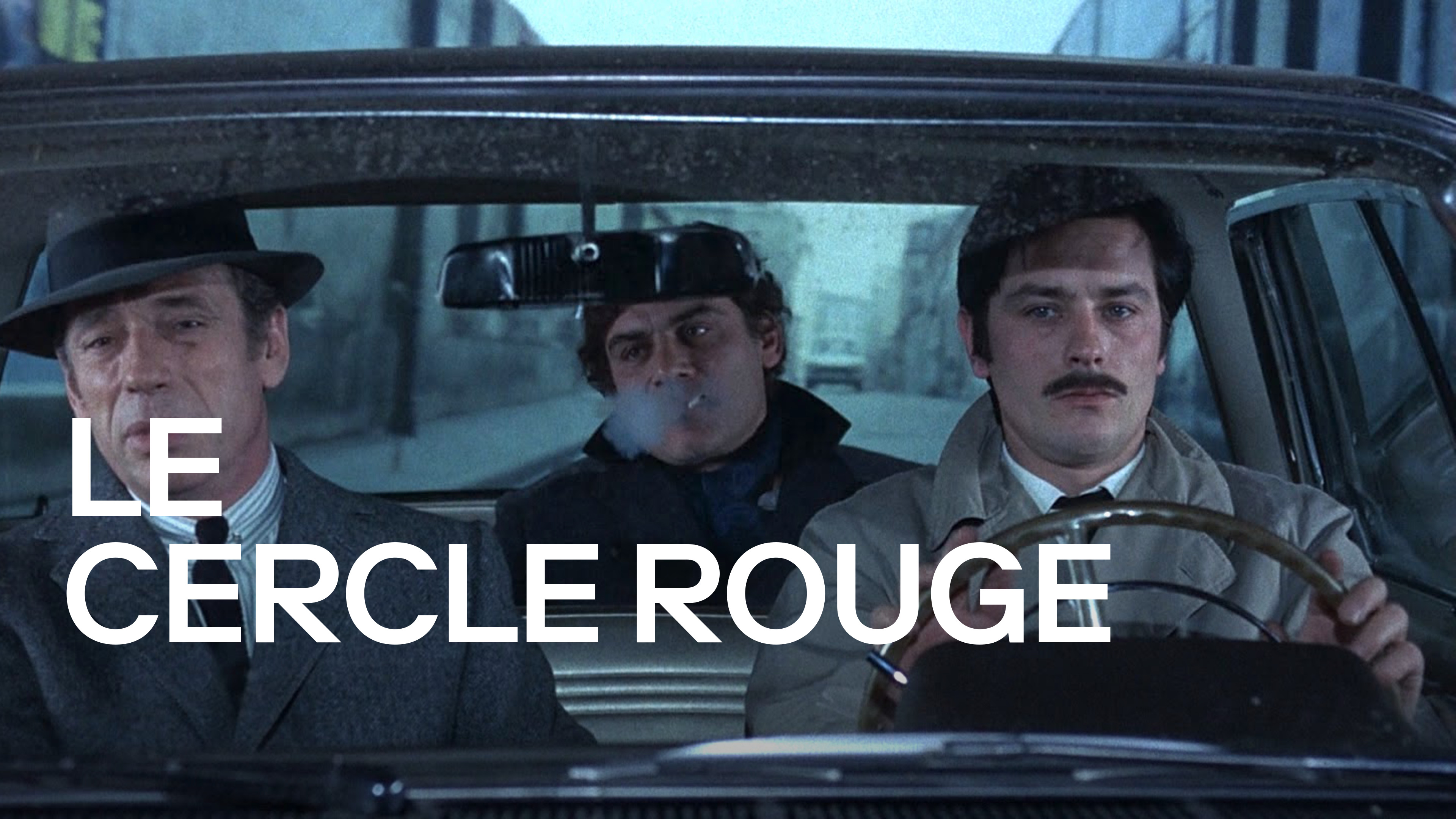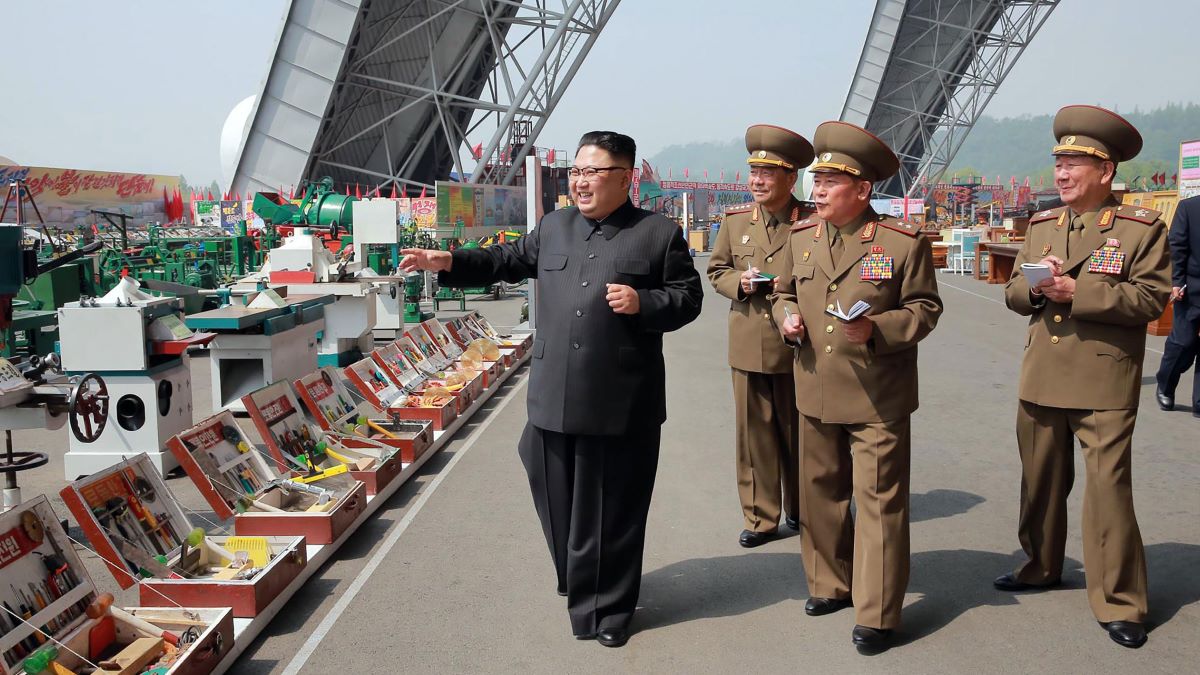
Ladies and gentlemen, get ready for a thrilling journey into the world of cinema as we delve into the fascinating movie, “Le Cercle Rouge”. Directed by the legendary Jean-Pierre Melville, this French crime thriller has captivated audiences around the world since its release in 1970. Set in Paris, the film follows the intertwining lives of four men, each with their own unique skill set, as they join forces for a daring heist.
With its gripping storyline, visually stunning cinematography, and compelling performances, “Le Cercle Rouge” has solidified its status as a classic in the crime genre. In this article, we will explore 42 intriguing facts about the movie that will give you deeper insights into its production, trivia about the cast and crew, and the impact it had on the cinematic landscape.
Key Takeaways:
- Le Cercle Rouge is a classic French heist film with a stylish and suspenseful approach, featuring iconic characters and a masterful heist scene that has influenced the crime genre.
- The movie’s themes of fate, loyalty, and existentialism, combined with its meticulous attention to detail and minimalist dialogue, have earned it a cult following and cemented its status as a timeless crime masterpiece.
Le Cercle Rouge is a French heist film released in 1970.
Directed by Jean-Pierre Melville, this classic movie follows the story of a recently released prisoner, Corey, who teams up with a retired police detective, Jansen, and an alcoholic ex-sharpshooter, Vogel, to execute a daring heist.
The title “Le Cercle Rouge” translates to “The Red Circle” in English.
The red circle symbolizes the interconnectedness of the characters’ lives and the inevitability of their paths crossing as they plan and carry out the heist.
The film stars Alain Delon, Gian Maria Volontè, and Yves Montand in the lead roles.
Alain Delon portrays the character of Corey, a skilled thief with a mysterious past. Gian Maria Volontè plays Vogel, an ex-sharpshooter struggling with alcoholism. Yves Montand takes on the role of Jansen, the retired police inspector.
Le Cercle Rouge is known for its stylish and minimalist approach to filmmaking.
Jean-Pierre Melville’s directing style emphasizes precision, economy of dialogue, and meticulous attention to detail. The film relies heavily on visual storytelling, creating a sense of tension and anticipation throughout.
The movie was influenced by classic American film noir.
Melville’s passion for American cinema is evident in Le Cercle Rouge, which draws inspiration from iconic film noirs such as The Asphalt Jungle and The Killing. The dark and atmospheric cinematography adds to the overall noir aesthetic.
The heist scene in Le Cercle Rouge is considered one of the greatest in cinema history.
The meticulously planned and executed jewelry heist serves as the film’s climax. It is a masterclass in suspense-building, relying on silence and precise movements to create a tense atmosphere.
The film’s iconic poster features the famous image of Alain Delon smoking a cigarette.
This image has become synonymous with the film’s cool and stylish atmosphere, as well as the essence of the French New Wave cinema.
Le Cercle Rouge was a critical and commercial success upon its release.
The film received widespread acclaim for its direction, performances, and gripping storyline. It cemented Jean-Pierre Melville’s reputation as one of the greatest French filmmakers of all time.
The movie is known for its memorable quotes.
One of the most famous lines from Le Cercle Rouge is spoken by Corey: “It’s not about luck, it’s about methodology.”
The character of Corey is inspired by Jean-Pierre Melville himself.
Melville, a former resistance fighter during World War II, infused aspects of his own experiences and persona into the character of Corey, creating a complex and intriguing protagonist.
The film explores themes of fate, loyalty, and existentialism.
Throughout Le Cercle Rouge, the characters grapple with their own destinies and the consequences of their choices, highlighting the existentialist undertones present in the film.
The iconic jazz soundtrack was composed by Eric Demarsan.
The film’s score adds a layer of sophistication and tension, complementing the visuals and enhancing the overall viewing experience.
Le Cercle Rouge has been praised for its realistic and authentic portrayal of the criminal underworld.
Melville’s attention to detail and his insistence on accuracy in depicting the criminal world brought a sense of authenticity to the film, resonating with both critics and audiences.
The film features stunning cinematography by Henri Decaë.
Decaë’s use of shadows, long takes, and atmospheric lighting plays a crucial role in building the tense and mysterious atmosphere of the film.
Le Cercle Rouge marked the final collaboration between Jean-Pierre Melville and Alain Delon.
The duo had previously worked together on several successful films, including Le Samouraï and Le Doulos.
The movie’s screenplay went through extensive rewrites.
Melville took great care in crafting the intricate plot, ensuring that every twist and turn was perfectly orchestrated.
Le Cercle Rouge showcases Melville’s trademark anti-hero characters.
The flawed and morally ambiguous protagonists in the film add depth and complexity to the narrative.
The film’s running time is approximately two hours and twenty minutes.
Despite its length, Le Cercle Rouge keeps viewers engaged throughout with its gripping storyline and expert pacing.
The film’s opening scene sets the tone for the rest of the movie.
An extended sequence featuring Corey’s escape from prison establishes the film’s atmosphere and establishes the high stakes.
Le Cercle Rouge pays homage to classic crime thrillers while also subverting genre conventions.
Melville incorporates elements from the heist genre and film noir, but also adds his own unique style and narrative twists.
The final scene of Le Cercle Rouge leaves the viewers with an open-ended conclusion.
The ambiguous ending allows for interpretation and encourages discussion about the characters’ fates.
The film’s dialogue is sparse, but impactful.
Melville’s minimalist approach to dialogue adds depth and meaning to every word spoken by the characters.
Le Cercle Rouge has influenced many subsequent heist films.
The film’s masterful execution and its exploration of the psychological aspects of crime have had a lasting impact on the genre.
The iconic symbol of the red circle appears throughout the film.
It serves as a visual motif, representing both the interconnectedness of the characters and the inescapable fate that awaits them.
Le Cercle Rouge was originally intended to be Melville’s final film.
However, he went on to direct one more movie, Un Flic, before his death in 1973.
The movie was shot in various locations in France.
From Paris to the French countryside, the different settings add visual richness to the film.
The character of Vogel is a tragic figure grappling with his personal demons.
His struggles with alcoholism and his fall from grace add emotional depth to the story.
The cinematography captures the essence of 1970s France.
The film’s visuals provide a snapshot of the societal and cultural landscape of the time.
Le Cercle Rouge showcases Melville’s meticulous attention to detail.
Every shot and every action has a purpose, highlighting the director’s commitment to his craft.
The movie’s screenplay was heavily influenced by Jean-Pierre Melville’s own experiences in the French resistance.
This adds an extra layer of authenticity to the film’s depiction of criminal activities.
The film’s heist sequence was meticulously planned and choreographed.
Each step of the heist was carefully thought out to create a sense of realism and tension.
The use of silence is a powerful tool in Le Cercle Rouge.
The absence of dialogue in key moments creates a sense of anticipation and heightens the impact of the scenes.
Le Cercle Rouge showcases the power dynamics between the characters.
The shifting alliances and conflicts between Corey, Jansen, and Vogel add complexity to their relationships.
The film explores the concept of redemption.
As the characters navigate a world of crime and betrayal, their quest for redemption becomes a central theme in the film.
The heist planning scenes are meticulously detailed.
The audience is taken inside the minds of the characters as they strategize and plot their next moves.
The film’s pacing keeps viewers on the edge of their seats.
Le Cercle Rouge balances moments of intense action with quiet, contemplative scenes, creating a captivating rollercoaster of emotions.
Le Cercle Rouge was nominated for several awards, including the Golden Lion at the Venice Film Festival.
While it did not win the prestigious award, the film received critical acclaim and further solidified Melville’s reputation.
The movie’s themes of fate and destiny are reinforced through recurring motifs.
From the red circle to the ticking clock, the film uses symbolism to emphasize the characters’ entanglement in their own destinies.
Le Cercle Rouge has gained a cult following over the years.
The film’s timeless appeal and its influence on subsequent crime films have made it a favorite among cinephiles.
The characters in Le Cercle Rouge are complex and multi-dimensional.
Each character is given depth and nuance, adding layers of intrigue and making them more than just archetypes.
Le Cercle Rouge was restored and re-released in 2017.
This allowed a new generation of moviegoers to experience the film’s brilliance on the big screen.
The legacy of Le Cercle Rouge lives on as a testament to Jean-Pierre Melville’s mastery of the crime genre.
The film remains a benchmark for heist films and continues to inspire filmmakers around the world.
Conclusion
In conclusion, “Le Cercle Rouge” is a captivating and atmospheric movie that has left an indelible mark on cinema history. With its masterful direction, stellar performances, and intricate plot, it continues to captivate audiences to this day. The film’s unique blend of crime, suspense, and character-driven storytelling sets it apart from other films in the genre.
Through its exploration of concepts such as fate, morality, and redemption, “Le Cercle Rouge” delves deep into the human psyche and forces viewers to question their own motivations and actions. The movie’s stylish visuals, haunting score, and meticulous attention to detail all contribute to its enduring appeal. Whether you’re a fan of crime thrillers, French cinema, or simply enjoy a thought-provoking movie experience, “Le Cercle Rouge” is a must-watch.
FAQs
1. Who directed the movie “Le Cercle Rouge”?
Le Cercle Rouge” was directed by Jean-Pierre Melville, a highly influential French filmmaker known for his unique blend of dark crime dramas and existential themes.
2. What is the plot of “Le Cercle Rouge”?
The movie follows the story of Corey, Vogel, and Jansen, three men from different walks of life who join forces to pull off a daring heist. As they navigate a web of deception, betrayal, and law enforcement, their destinies become inexplicably intertwined.
3. Who are the main actors in “Le Cercle Rouge”?
The film stars renowned French actors Alain Delon, Gian Maria Volontè, and Yves Montand in the lead roles. Their captivating performances bring the complex characters to life on the screen.
4. When was “Le Cercle Rouge” released?
The movie was released in France in 1970.
5. Is “Le Cercle Rouge” available with English subtitles?
Yes, “Le Cercle Rouge” is widely available with English subtitles, allowing non-French speakers to enjoy this cinematic masterpiece.
If you're captivated by the enigmatic world of French cinema, why not explore more fascinating facts about its iconic figures and influential films? Delve into the life and career of the legendary Alain Delon, whose charismatic presence graced the silver screen. For fans of gritty crime thrillers, discover the intriguing details behind Clint Eastwood's classic "Dirty Harry." And if you're a devotee of Jean-Pierre Melville's masterful works, uncover the secrets behind his seminal film "Bob Le Flambeur," which paved the way for the French New Wave.
Was this page helpful?
Our commitment to delivering trustworthy and engaging content is at the heart of what we do. Each fact on our site is contributed by real users like you, bringing a wealth of diverse insights and information. To ensure the highest standards of accuracy and reliability, our dedicated editors meticulously review each submission. This process guarantees that the facts we share are not only fascinating but also credible. Trust in our commitment to quality and authenticity as you explore and learn with us.


